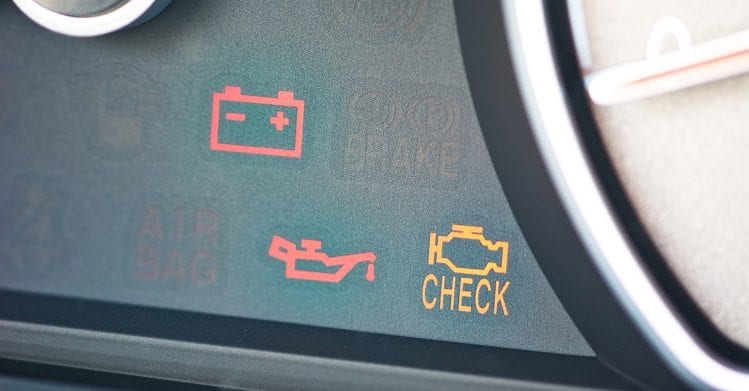So one or multiple of your dashboard warning lights have just come on and you don’t know what it means. Do you ignore it, pull over immediately, or do you call your auto electrician? We run through a few of the most common dashboard warning lights and what you should do if they show up on your vehicle.
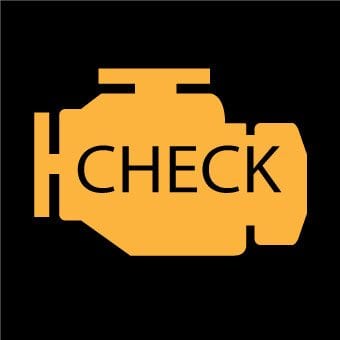
ECU/Engine Warning Light
Its common for this light to flash on during start-up, but if this light stays on it will usually be accompanied by some noticeable symptoms. This could include intermittent ‘stuttering’ when accelerating, or a lack of power due to the car going into ‘safe’ or ‘limp’ mode.
Identifying the cause of the problem usually requires a diagnosis using a professional scan tool. The cause could be anything from a minor electrical fault to a major mechanical issue. It is best to get it checked out straight away to avoid causing further damage.
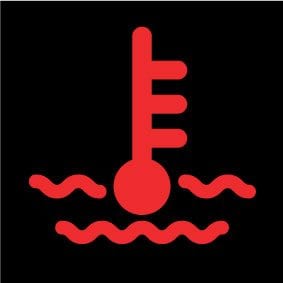
Coolant Temperature Warning Light
This light means there is an issue with your car’s coolant temperature. If the temperature gauge reading well into the red, it most likely indicates your engine is overheating. The most common cause of this light coming on is low coolant levels, caused by a leak somewhere in the system. However, it may also be a sign of a larger mechanical issue.
If this light comes up when driving, pull over when it is safe to do so and let your car cool down. Take the vehicle to get checked out as soon as possible.

Air Bag Light
It is common for this light to illuminate on start-up, however, if it remains on, it should not be ignored. This light indicates that the vehicle has identified a fault in the airbag system and has registered a code in the onboard computer.
As one of your vehicles’ main safety features, rectifying any issues with the airbag system should be of top priority. It is recommended to take your vehicle to your dealer or auto electrician as soon as possible to get the vehicle repaired.

Battery Charging Alert
This is another light that will usually flash on when you start the vehicle. If it stays on, that’s when you need to start paying attention. This light indicates your battery charging system is not performing as is should be. This could be caused by a faulty alternator, faulty battery, a bad connection or damaged cabling somewhere in the engine bay.
If this light comes on its best to avoid turning your vehicle off until you get it to a safe place, or your preferred repairer, as it may not start again. Ideally, it would be best to get your vehicle to an auto electrician who will be able to run a charge test on the battery and alternator.

Oil Pressure Warning
If this light remains illuminated after start-up, this is indicating an issue with oil pressure. This light could be triggered if the oil temperature is too high, the oil level is low, or the oil pressure is low.
The trouble with oil issues is that, without professional inspection, it is difficult to know whether the problem is minor or more serious. Oil is vital to your engine so any issues with oil levels or pressures should be addressed immediately.

Brake System
This light can mean one of three things, the parking brake is on, the brake fluid/pressure is low, or there is a problem with the braking system. The first cause is very easy to fix, just make sure the parking brake is fully released. If the light is still on after you’ve checked the parking brake, the cause may be a little more serious.
Your brakes are a very important, if not the most important, part of your vehicle so any potential issues with your braking system is not something to take lightly. Your best course of action would be to take the vehicle to a repair shop as soon as possible to get the brakes checked out.

ABS Warning Light
If this light comes on while driving it means that the Anti-lock Brake system has registered a code in the vehicles computer. It’s important to understand that your brakes will still work if this light comes up, but the ABS may not engage in an emergency stop.
Ideally, you would want to take your vehicle to an auto electrician to diagnose the fault using a professional scan tool.
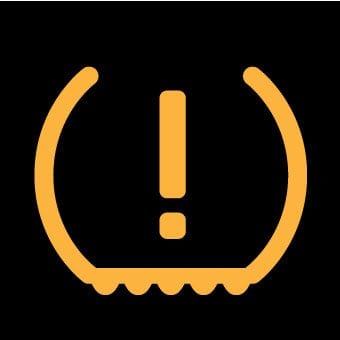
Tyre Pressure Warning Light
The tyre pressure warning light is not something you find in many older vehicles, but it is becoming more common in newer model and high-end vehicles. These systems can monitor the pressures in your tyres and will alert you when there is a drop in pressure. You should be able to reset the light by adding air to your tyres, but in some rare cases, you may need to get a mechanic or auto electrician to reset the system.
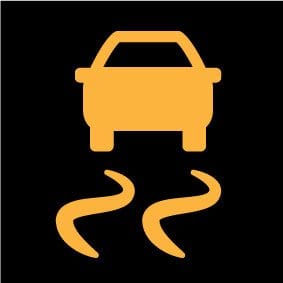
Traction Control Light
A traction control light should only illuminate when the vehicle’s traction control/anti-skid or electronic stability system is activated. This usually occurs in slippery driving conditions and should go out when the vehicle regains traction. If the light stays on constantly it is recommended to get your vehicle scanned for a professional diagnosis.
The dashboard warning lights we have mentioned are just some of the many lights that might flash up on your vehicle. Most vehicles have about 25 different dashboard lights, with some luxury brands having up to 40. If a light comes up on your dash and you don’t know what it means your vehicle’s owners manual may shed some light, or take your vehicle to your nearest Auto Electrician.

